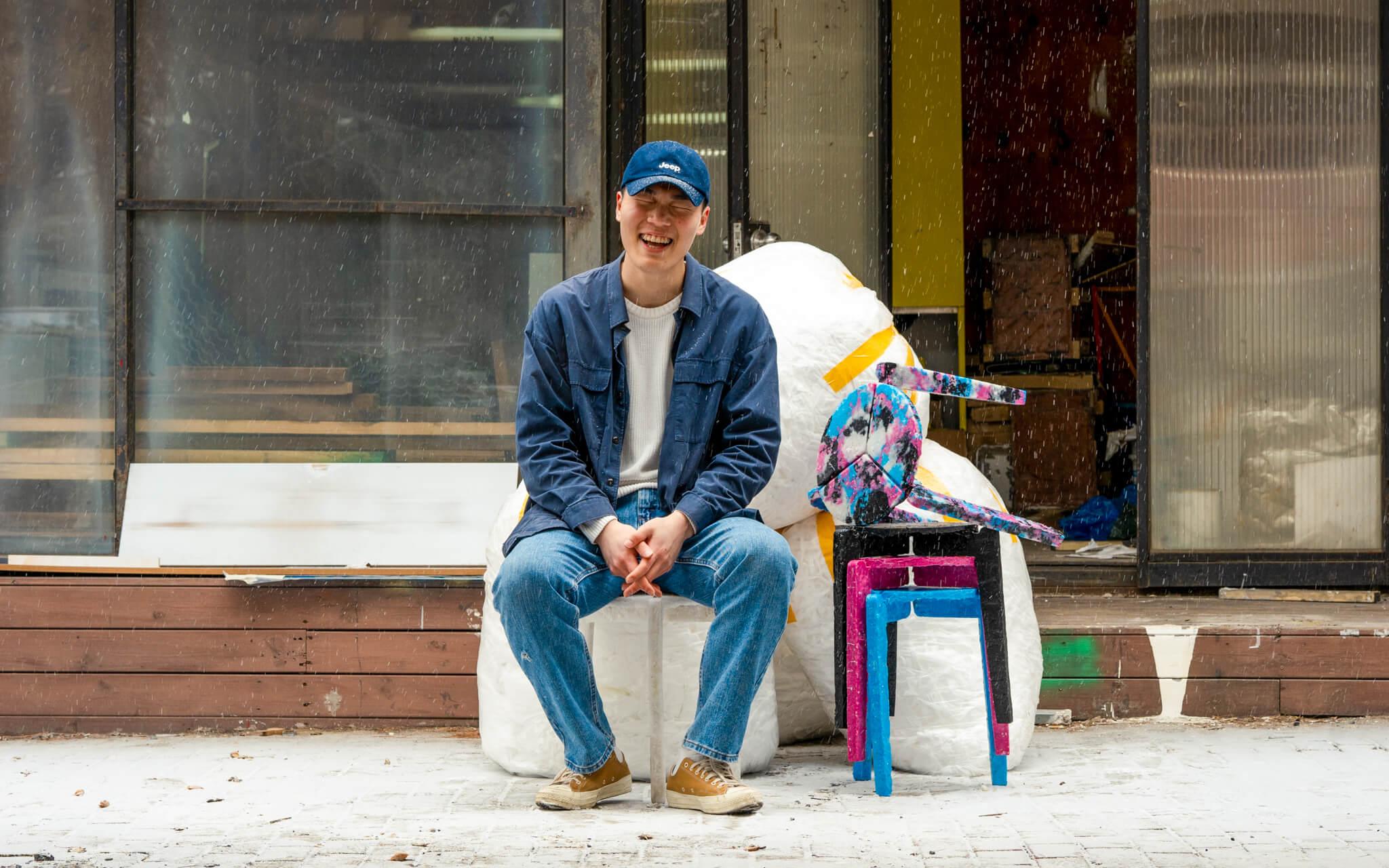Rebuilding Nepal, Eco-Brick by Eco-Brick
Build Up Nepal challenges traditional construction with eco-bricks that cut costs, slash emissions, and survive earthquakes. For Partnerships Manager Shweta Sijapati, these interlocking bricks aren’t just shielding families – they’re empowering communities.
In the remote hills of Jajarkot, stunning green valleys hide the harsh realities of Nepal's most impoverished landscape. Thousands of families huddle inside makeshift metal-sheet shelters – temporary homes from the devastating 2015 earthquake that have become permanent fixtures. Freezing in winter, sweltering in summer, these structures offer little protection against Nepal's increasingly volatile climate.
“It's really sad to see people living in that condition,” shares Shweta Sijapati, a Kathmandu native who left a successful corporate career to join Build Up Nepal. “I don't have words to express my feelings. Climate change has significantly worsened housing vulnerabilities in Nepal.” After thirteen years watching balance sheets, she wanted her business expertise to create change that genuinely mattered.
Nepal – a vibrant tapestry of 125 ethnic groups speaking 123 languages - contributes just 0.1 per cent of global greenhouse gas emissions, yet ranks among the world's most climate-vulnerable countries. Its breathtaking Himalayan landscapes now pose increasing threats to those living in their shadows, with over a million homes destroyed by landslides, floods, and earthquakes in the past decade.
For Shweta, the 2015 earthquake that destroyed 800,000 homes wasn't just a national tragedy - it was a personal awakening. “It was devastating. You see buildings shaking while making sure your family members are with you,” she recalls. “That was a really terrible experience... but we survived.”
From this destruction emerged Build Up Nepal, a not-for-profit social enterprise transforming rural construction through innovative technology. “Interlocking bricks are an eco-friendly construction method using compressed stabilised earth bricks that naturally interlock with one another,” Shweta explains enthusiastically. “Like pieces of LEGO!”
These aren't ordinary bricks. Made locally using soil, sand, and just 8% cement, they reduce CO2 emissions by 75% and air pollution by 90% compared to traditionally fired bricks. Critically, they make durable brick homes financially accessible to rural families.
“People's biggest dream is to live in a safe, strong brick house,” Shweta explains. “But in Nepal, bricks are very expensive.” In these traditional communities, solid homes symbolise not just shelter but status and security. Yet many resist straying from the ancestral building methods that have crumbled catastrophically in past earthquakes.
Build Up Nepal's earthquake-resistant structures underwent their true test during the 2023 Jajarkot earthquake, which measured 6.4 on the Richter scale. While 79,000 traditional stone-and-mud houses collapsed, all 24 structures close to the epicentre remained standing. “Our technology proved its strength,” Shweta states proudly. “These structures were completely undamaged and saved lives.”
What began as a disaster response has grown into a movement. To date, Build Up Nepal has constructed over 11,000 disaster-resilient houses and 125 schools, creating more than 1,600 jobs while reducing CO2 emissions by 111,000 tons. For struggling families, these innovations translate to real economic impact, saving a family at least 25% on construction compared to traditional methods.
Interlocking bricks are an eco-friendly construction method using compressed stabilised earth bricks that naturally interlock with one another. Like pieces of LEGO!
Their micro-enterprise model trains local people to produce these eco-bricks and construct homes in their own communities. Shweta shares the story of Pratik and Hemlata, a young couple who lost their jobs during the pandemic and returned to their village. “Hemlata was pregnant, and their dream of living and working in the capital city was shattered. They had to rebuild from scratch.”
After discovering Build Up Nepal, the couple invested in brick-making equipment and started a construction business. Today, they've become leading entrepreneurs and role models, providing both sustainable housing solutions and local employment opportunities in their village.
Each brick-making enterprise creates 10-12 local jobs, reducing the high migration rates that tear families apart across Nepal's rural regions. “Instead of having to move to cities or go abroad for work, people can find work close to home,” Shweta explains. “Families can stay together, which helps strengthen their family bonds and keep the communities more united.”
The organisation has helped bring both physical and emotional security to society's most vulnerable, including Hari Jung, a blind single father, and Gulabi Khami, a widow from a marginalised group - both left homeless after the 2023 earthquake. “Most importantly, we see the security in their eyes,” Shweta notes. “Now they have a safe brick house which can overcome any upcoming disaster.”
In Nepal's traditionally male-dominated construction sector, Build Up Nepal is also breaking gender barriers. Currently, 28% of their entrepreneurs are women, leading construction companies and creating opportunities once reserved only for men.
Shweta dreams of building on these successes. “Imagine a Nepal where rural communities don't just survive, but truly thrive, living in homes that offer protection from natural disasters and improve their everyday lives. These homes wouldn’t just be shelters but symbols of resilience, hope, and progress.”
With an ambitious five-year strategy, Build Up Nepal aims to transform the landscape: 25,000 houses, 600 villages supported, 6,600 jobs created and 115,000 tons of CO2 emissions prevented. For Shweta, this is more than construction - it's about restoring dignity.
“Seeing local entrepreneurs from the rural and poorest regions drive change and rebuild their own communities, this is something really meaningful.”
Most Popular
The Climate Tribe delivers stories about Biodiversity and Conservation, Circular Economy, Food and Water , and how they intersect with climate.
Subscribe
Get the latest stories inspiring climate action around the globe straight to your inbox.






